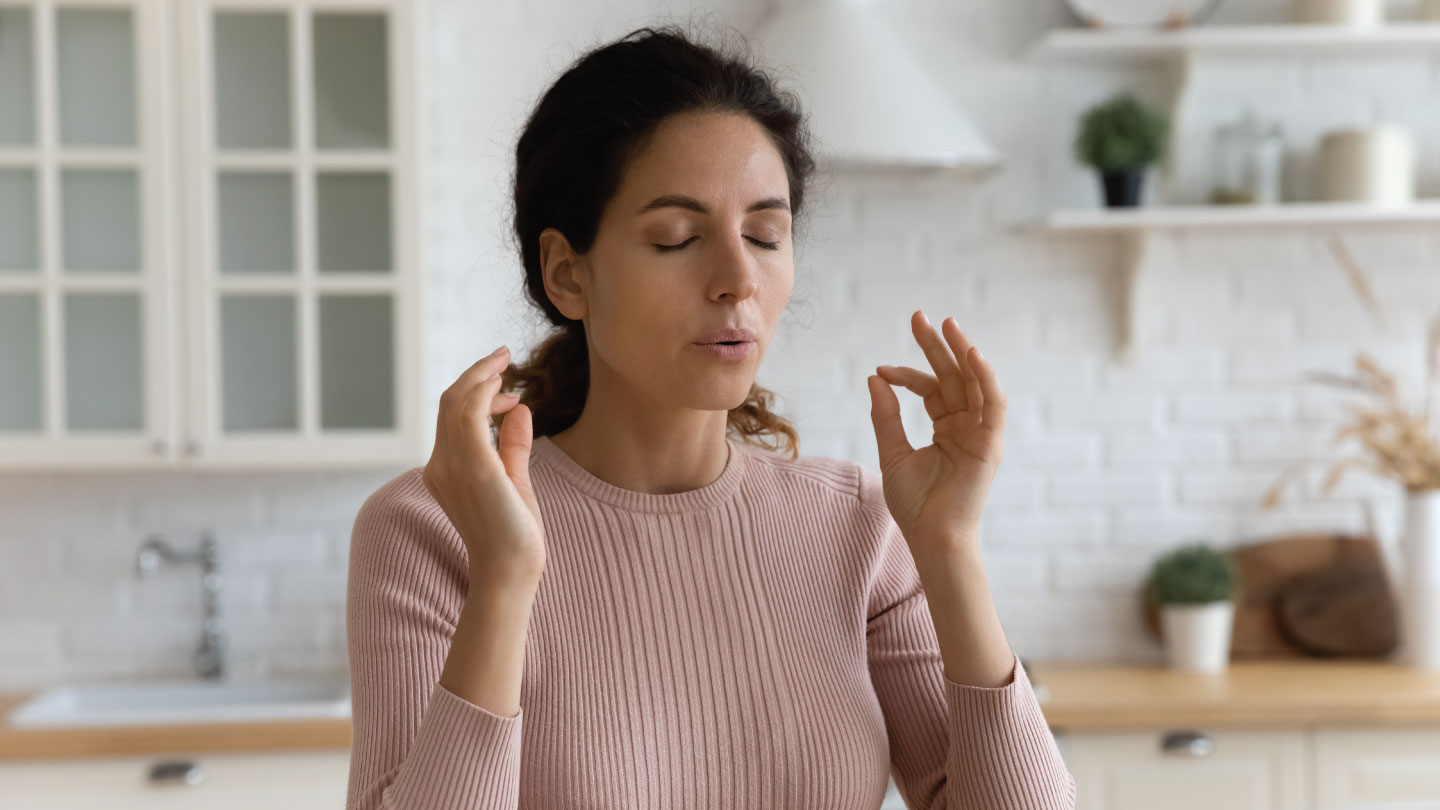Mental Health
The Art of Non-Attachment
Understand how non-attachment can create suffering and what you can do to overcome it. Learn all about non-attachment with mindfulness expert, Dr Swati Desai.

In a world driven by desires and aversions, the concept of non-attachment is often misunderstood. Many associate it with renouncing material pleasures or leading an ascetic life, but non-attachment, as explained in the context of mindfulness, is not about giving up—it’s about letting go. It is the art of experiencing life fully without being ruled by our cravings or fears.
We spoke to mindfulness expert and author of Get Mindfulness Right, Dr Swati Desai, and she breaks down the practice of non-attachment, its impact on mental well-being and more in this article. Learn how to cultivate a balanced and liberated mind through everyday actions.
Related Story: 8 Ways to Bring Mindfulness to Your Work
Need all your wellness solutions in one place? A whole new world awaits just a click away.
What is non-attachment and how can one practice it?
We tend to think about non-attachment as giving up desire for any worldly goods and pleasure. We tend to think about it as an old person’s or a sadhu’s endeavour. Although you could go to that extreme and become a non-attached sadhu, you don’t need to if you want to remain a householder. The meaning of non-attachment in the mindfulness world is “not to cling” to your desires .
The word “Attachment”, in the mindfulness world, means to want more and more pleasant experiences and run away from unpleasant experiences. Humans are naturally made to be “attached” in this way but if we are unaware and keep such attachments unchecked, we become prisoners of our own greed and aversions. So, to become aware of this tendency and our own resultant suffering would be the first step towards non-attachment. We desire but do not cling. We let go of the clinging when we become mindful that it is harmful to our mental health.
Related Story: 6 Meditation Techniques to Reduce Stress
The way to practice it is to do specific meditations taught in my book Get Mindfulness Right: Unboxing the Powerful Practice for Mental Well-being that teach us to recognise and let go of attachment when it is leading to meaningless pleasure-seeking. Drinking a mindful cup of tea in the morning is a simple activity to train ourselves to enjoy the cup of tea thoroughly but also to not rush to heat it up right away when the tea is not hot enough or run to put sugar because it is not sweet enough. To watch our annoyance and still continue to drink the tea with a smile – knowing that today will pass and tomorrow the tea could be hot and sweet enough – this is training in non-attachment.
Need all your wellness solutions in one place? A whole new world awaits just a click away.
How can we benefit from practising non-attachment?
Attachment creates suffering in a few ways:
- We love something and suffer when it inevitably changes ( e.g., we love our child and they get married and move away)
- We hate something and it is persistent in our life (e.g. exercising daily or dealing with work commute)
- We want something and we are not getting it (e.g. to buy a car fancier than the neighbour)
- We are attached to a certain self-image and deviating from it in the public eye is unpleasant (e.g., a beautiful actress who ages and does not get good roles anymore)
Imagine a life full of such experiences versus a life that is NOT ruled by such fears because we have understood and practised non-attachment. As a Thai monk said, I enjoy the beautiful cup I am holding because I know in my mind that it is going to break one day. So, I give myself the permission to enjoy it right now without clinging to the notion that it must stay this way forever.
Related Story: 3 Mindfulness Exercises to Improve Focus
So, non-attachment allows us full engagement in life by riding the big waves that otherwise could be crushing us.
By embracing non-attachment, we free ourselves from the cycle of suffering that arises from clinging to impermanent things. This doesn’t mean disengaging from life; rather, it allows us to experience joy without fear of loss and face challenges without resistance.
Like the Thai monk who cherishes his cup while knowing it may break one day, we too can live fully in the present, appreciating each moment without being bound by expectations. Through mindfulness and intentional practice, we can cultivate a sense of peace, resilience, and true freedom in our daily lives.
Need all your wellness solutions in one place? A whole new world awaits just a click away.
EXPLORE MORE
If your calendar is packed but your mind feels scattered, it’s time to schedule days that not only keep you busy but also keep you balanced. Here are five kinds of days worth protecting, every single month.
How the unholy trinity of stress, sleep loss, and sugar is quietly rewriting India’s health story.
Quick, smart, and easy to apply moves you can do when panic looms, turn the ‘Oh no’ into ‘okay, I got this!’
Trauma doesn’t just live in your memories; it lives in your brain and body. That’s why telling someone to move on isn’t just unhelpful; it’s biologically inaccurate.








.jpg)


.jpg)
